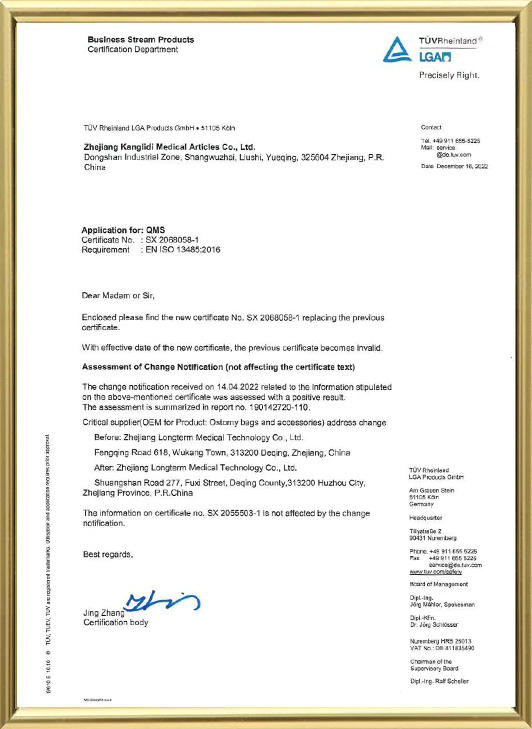The medical industry is constantly evolving, with new products and technologies emerging to improve patient care and outcomes. One such innovation is the self-adherent flexible cohesive wrap support b...
READ MOREProduct category
Product Inquiry
Medical Tape Manufacturers
-
-
In the fast-paced world of industry, where accidents can happen in an instant, having effective aid solutions is crucial. The introduction of Cohesive Bandage Tape has been a game-changer in the field...
READ MORE -
In the evolving landscape of healthcare and sports medicine, the need for reliable, versatile, and effective products has never been more crucial. One product that has gained significant attention in ...
READ MORE -
In the fast-paced world of sports, injury prevention and recovery are critical to an athlete’s success and longevity in their career. Among the many tools used by athletes and sports trainers, cohesiv...
READ MORE -
The Rising Demand for Self-Adherent Flexible Cohesive Support Wrap Bandages in Healthcare and Sports
In the ever-evolving fields of healthcare, sports, and rehabilitation, innovation is key to ensuring patient and athlete safety. One of the valuable and increasingly popular tools in these industries ...
READ MORE -
The healthcare and sports industries have long relied on innovative products to support injury prevention, wound care, and patient recovery. One such product making waves across both sectors is cohesi...
READ MORE -
Cohesive bandage tape has become an indispensable tool in both medical and sports environments, offering versatile solutions for injury management and support. Unlike traditional bandages that rely on...
READ MORE -
In the dynamic world of healthcare and sports medicine, innovation plays a key role in enhancing patient outcomes and improving injury management. One such innovation that has garnered widespread atte...
READ MORE -
In the world of sports and physical activities, the risk of injury is ever-present. Among the common injuries faced by athletes and active individuals is the ankle sprain, a condition that can sidelin...
READ MORE -
The field of medical care has seen significant advancements in recent years, and one product that has revolutionized wound care and injury management is the Flexible Self-Adherent Cohesive Support Wra...
READ MORE -
In the ever-evolving world of healthcare, the demand for advanced wound care solutions continues to grow. One such innovation that has garnered significant attention in recent years is Cohesive Bandag...
READ MORE -
In the evolving landscape of healthcare, cohesive bandage tape wrap has become an indispensable tool for medical professionals and patients alike. Known for its versatility, ease of use, and effective...
READ MORE
 English
English 中文简体
中文简体 русский
русский Español
Español عربى
عربى










